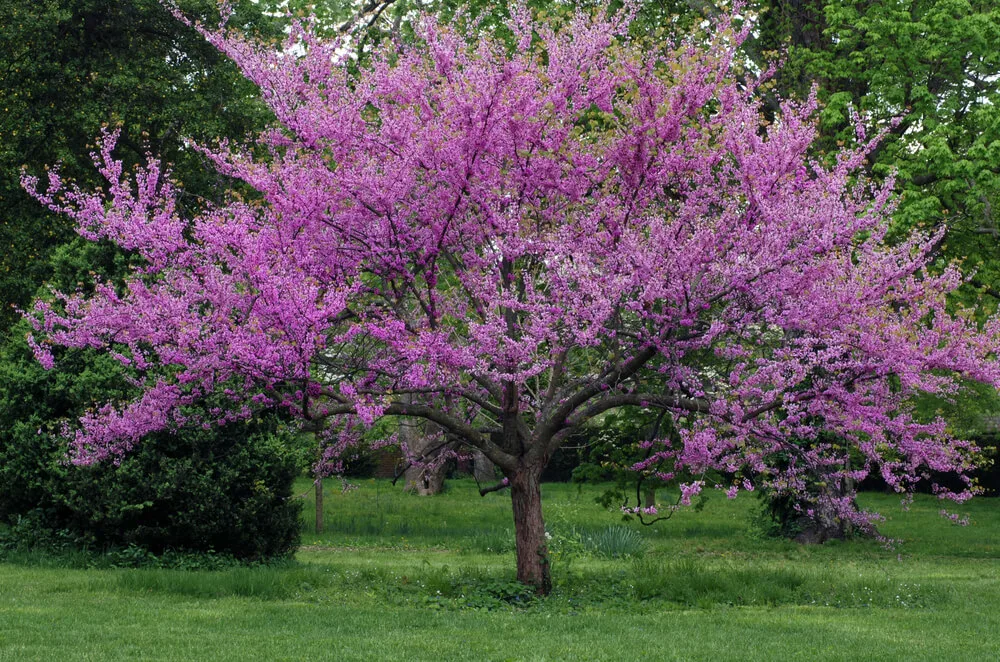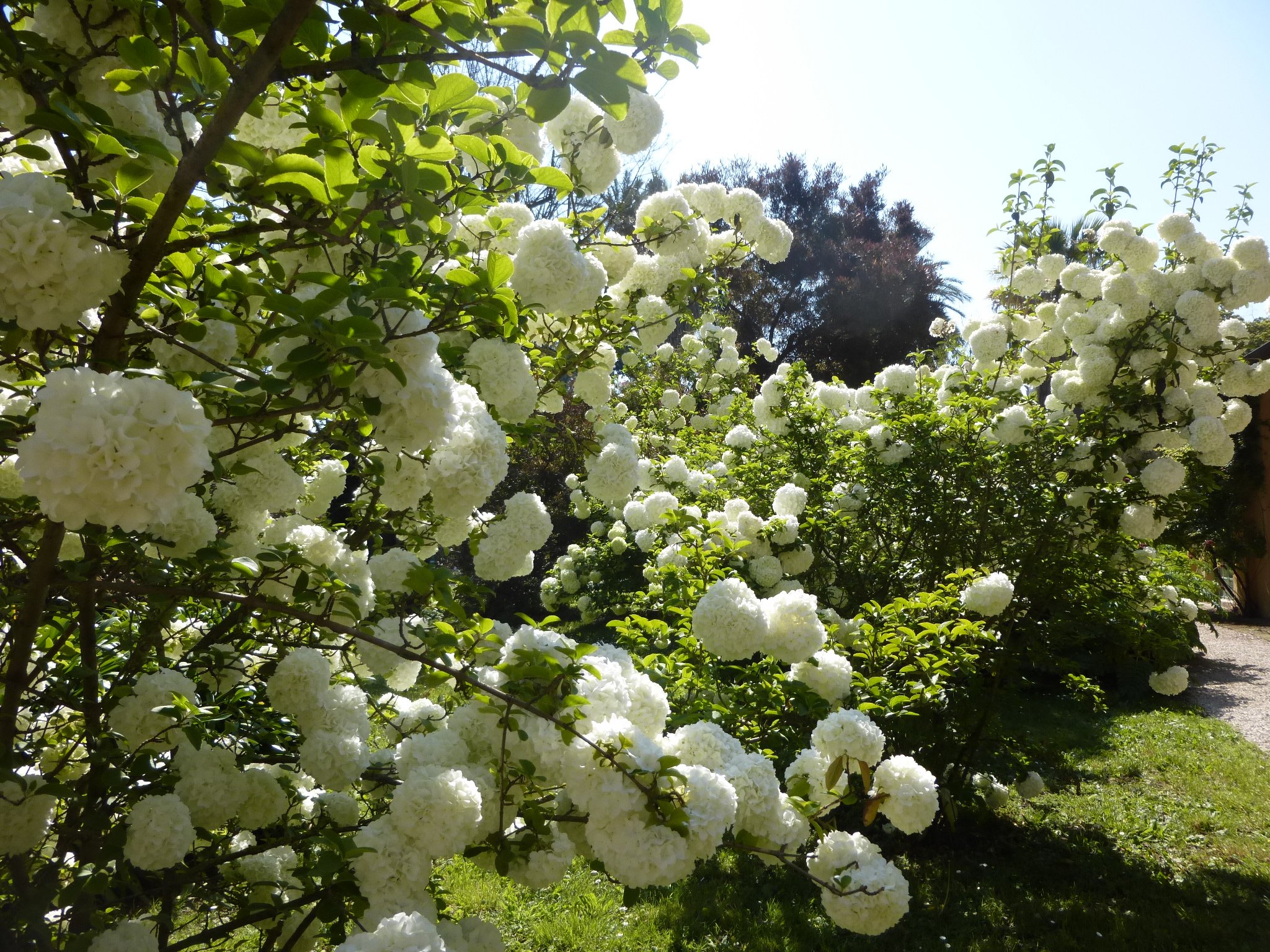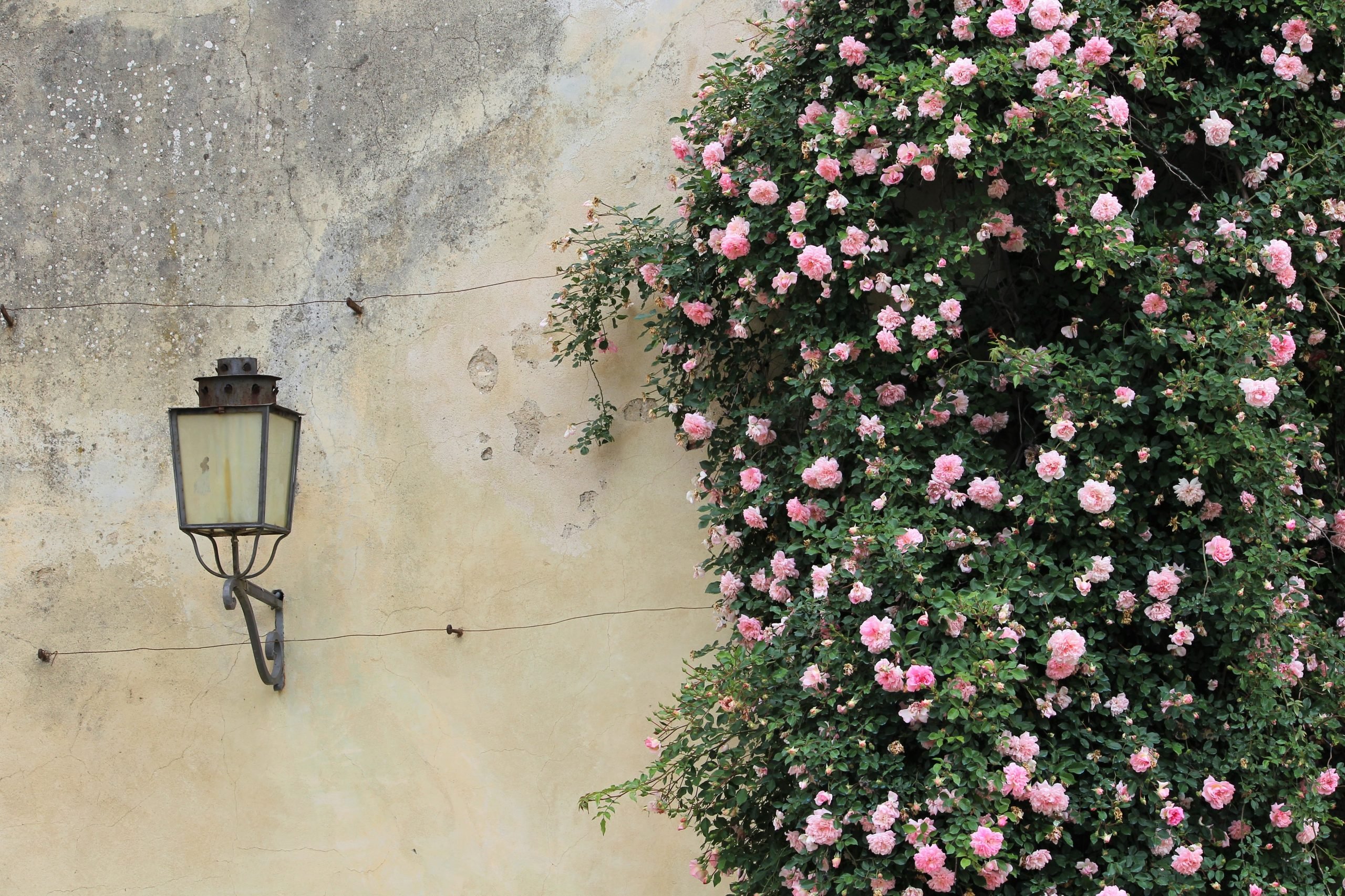Salix Integra ‘Hakuro-Nishiki’ Plants: Caring Tips & Guidelines
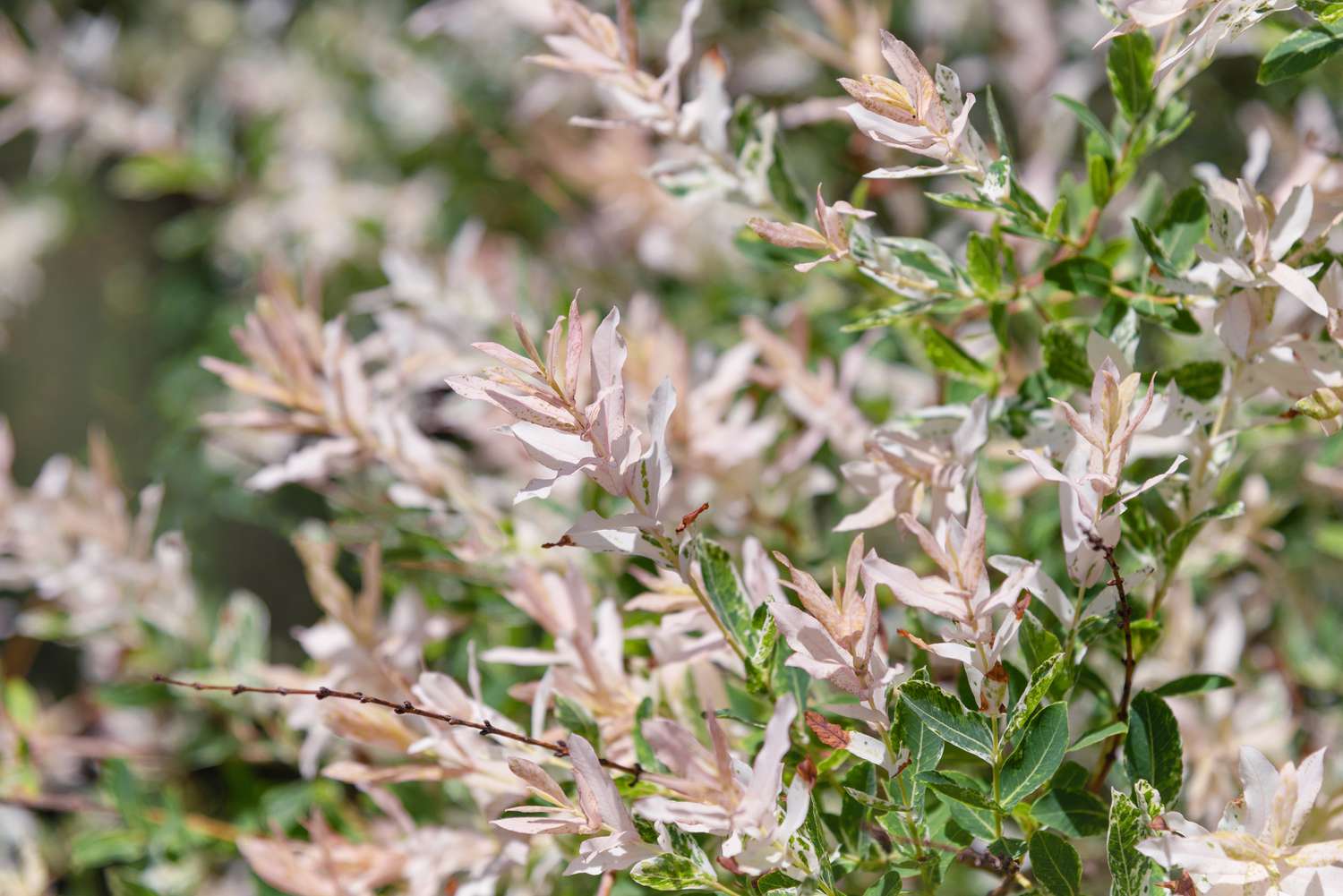
Table of Contents
Are you a fan of beautiful aesthetics and plant decor? Well, if you are, then Salix integra Hakuro-Nishiki is the best variety to create an aesthetic vibe for your garden. They are well-known as flamingos or willow trees. Also, these are dwarf willow which is popular because of their marbled mix of green and white variegated leaves along with flamingo-pink tips. However, these plants require a lot of space, preferably for large gardens.
But Salix Integra ‘Hakuro-Nishiki’ variety is best if you have a medium or small garden. These plants basically originate from the Asian flower garden culture and have a huge value because it adds ornamental features to one’s garden. It is an attractive shrub, especially in the spring when there is pink budding, and the shrub is in full bloom. These plants make eye-catching contributions to your flower garden. If you are looking forward in order to have these in your garden, then this article is for you.
In this article, we have got tips & guidelines for Salix Integra ‘Hakuro-Nishiki’ its care. Tune in to have all details!
What Makes Salix Integra ‘Hakuro-Nishiki’ Plants Stand Out?
Salix integra ‘Hakuro-Nishiki’ is a popular plant among gardeners and those who have seen its true beauty. However, it does have some elements that stand out among other varieties. It is an ornamental shrub, but the key feature that makes it unique is its attractive variegated foliage with green leaves with pink and white edges. These distinctive leaves make it an excellent choice for landscapes and gardens. Also, they are well-suited to grow in British gardens.
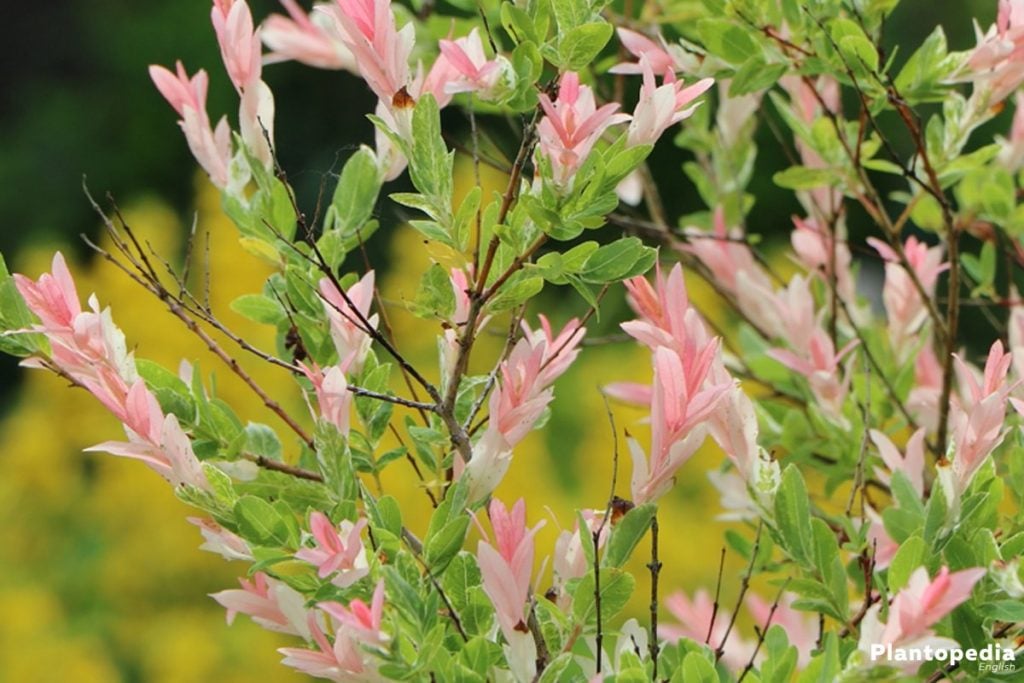
Furthermore, these Salix integra ‘Hakuro-Nishiki’ are very easy to grow and care for as they show no tantrums when it comes to having any particular type of soil. Also, these plants require minimal pruning. Compared to other shrubs, these grow relatively fast, which is quite good as they establish themselves in the garden and make your garden look extraordinary.
How To Plant Salix Integra Hakuro-Nishiki
Salix Integra ‘Hakuro-Nishiki’ are dwarf willow trees, but some varieties attain huge heights and can acquire huge space as well. However, these Salix integra grows between 2m to 6m tall. If you are looking forward to having these beautiful plants in your garden, then you should follow these steps to plant them correctly.
- Select a proper location, as these shrubs require an adequate amount of full or partial sun. And well-drained and moist soil.
- The height that it attains is 2m, so allow the shrub to grow well to reach that height.
- The best time to plant Salix integra Hakuro-Nishiki plants is mid-September to October. In case you plant them in some other month, then they might suffer from heat burn if the weather turns hot.
- Further, dig a big hole twice the size of its root ball and add a balanced fertiliser such as blood, fish, and bone to make the soil suitable for the plant.
- Now add the plant in the hole and fill it with the soil. Water the plant well.
Repotting
Repotting these Salix integra Hakuro-Nishiki Plants is a bit tricky. However, there are methods of doing it properly. Moreover, the best time to do it is in October. This is a tough method because if there is the slightest damage to the roots, then it can hinder its growth and even lead to the curling of the leaves. However, the plant adapts to the new condition or area if it suits its health.

Once you dig the plant out, water the root ball for a couple of hours. Then dig the hole where you want to plant your willow shrub. Place the shrub in the hole, add soil over it, cover it properly, and water the plant properly.
How to Care For Salix Integrated Hakuro-Nishiki
These shrubs have basic requirements that need to be fulfilled in order to have healthy growth. However, we mentioned some Salix Integra ‘Hakuro-Nishiki’ plants: tips & guidelines for its care. Make sure to go through it well to have detailed knowledge of the plant’s needs.
1. Watering
This flamingo tree is sensitive to drier conditions and cannot resist heat. Thus, you must ensure to have a regular check on soil moisture levels. However, once the plant adapts itself to the natural conditions where it is placed, then the weather should provide it with enough moisture. But you need to take care of it for at least one week after planting it. Watering it sufficiently will make the plant stable and grow well.
2. Fertilising
As mentioned above that these shrubs should be provided with a balanced fertiliser. In such cases, adding blood, fish, and bone to the soil where you are going to plant your Salix integra Hakuro-Nishiki plant will work magically. It will provide good nutrition to the shrub. Furthermore, these shrubs like a layer of mulch each spring. Apply this around its base, as it will nourish the plant and conserve moisture. Also, it cools the soil. In case you feel that your plant requires more nutrition, then you can add some slow-release fertiliser into the ground around your plant.
3. Pruning
It might surprise you, but if you have done the correct pruning of your Salix integra, you might observe two times the annual burst of lovely pink bloom. The most important thing that you should keep in your mind is that you should not prune your shrub in the first spring after you have planted it. This is because it will cause more harm to your plant instead of doing it good. However, it will yield much better results if you wait until the plant has established its roots. The first time you prune it, cut back by a third. Since you are doing it in the spring after two years of planting, the plants must have grown the branches too long. Thus, remove the sections that are touching the ground.
Further, the following two times, cut back by half. The time gap will help the plant to develop the roots well. Thus it will be able to tolerate most of the pruning. Trim back your shrub to 60cm in height. This might seem like a lot, but it will encourage growth. However, in the annual spring, you can just prune 30cm each July. This mini pruning session will ensure beautiful blooms in the same season.
Unwanted Species Around Salix Integra Hakuro-Nishiki
Salix integra Hakuro-Nishiki is very eye-catching, but they come with several unwanted species. Yes, similar to other shrubs, these plants also experience various problems. We have mentioned some common pests and diseases that affect your plant. You need to regularly check your plant so that they do not get attacked by any of these.
1. Caterpillars
You all have seen these creatures crawling in your garden, as these baby butterflies are present in most places. However, they are not at all pretty like their grown self. If you see these around your Salix Integra Hakuro-Nishiki plants, then remove them immediately as they leave no time to munch their leaves and hinder their growth. You can remove them manually or brush them in order to get rid of them. However, they are big in size, so you can remove them easily. Also, there is an advantage of removing them before they are hatched, as that will cause lesser damage to the plant.
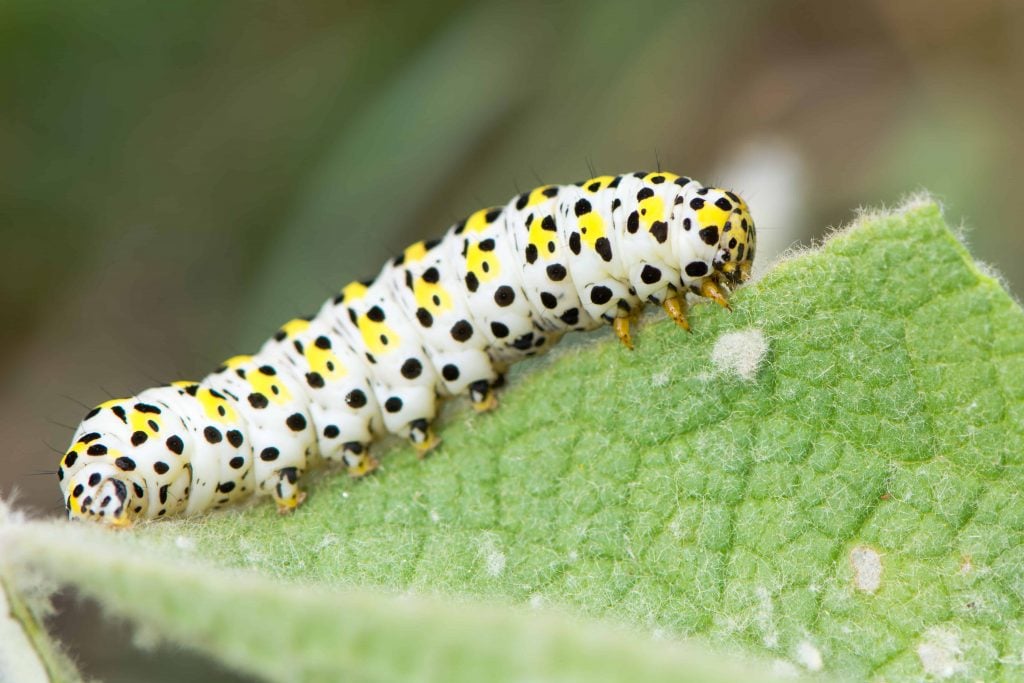
2. Aphids
These are called sap suckers because they suck the sap of plants or trees. They are harmful to the growth of the plants. However, they are smaller in size but can be visible through the naked eye if observed keenly. You can get rid of these unwanted creatures manually by brushing away aphids or the colonies that they have formed. But in case it does not work well, then you can try using other measures. These are small pests to remove them. You could include ladybirds or other predatory bugs, as they will eat the aphids and will reduce their reproduction as well. However, at last, you can use pesticides to kill them.
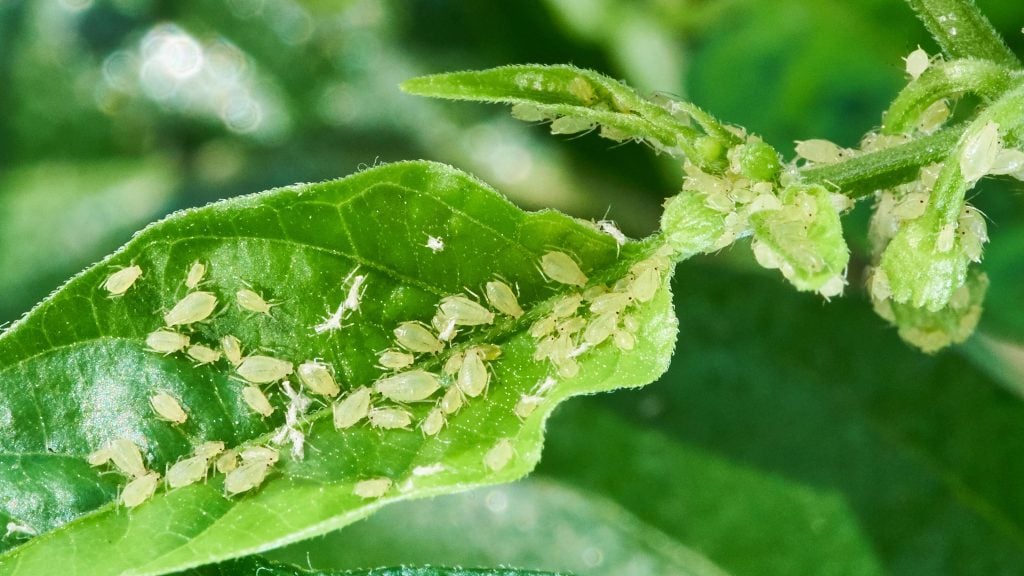
3. Rust
This is a fungal infection that causes rusty patches on leaves, which eventually damages the plant. However, its solution is not very tricky. All you need to do it just pick off the infected leaves as soon as you see them. This will stop it from spreading. If you are not able to manage time to keep a regular check, you can opt for fungicides. It will eliminate your problem. Moreover, prevention is the best cure for this disease. Also, you should avoid increasing the soil’s nitrogen content around your Salix integra Hakuro-Nishiki plant. This is because it promotes growth that is more susceptible to rust.
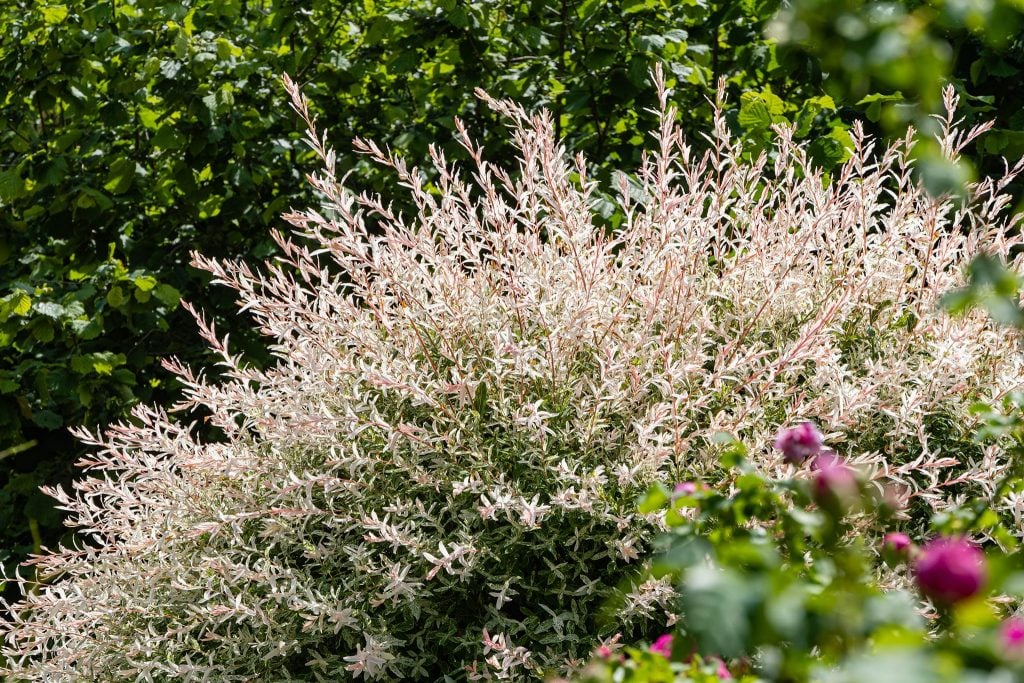
4. Canker
Canker is caused due to fungal spores, which lead to spots and scabs on the skin of the plant. This infection can happen to any healthy-looking plant. Furthermore, the plant sometimes has black spots during spring or summer. In such cases, it is a sign of Canker. However, the disease and blemishes are interlinked as the infection grows, so do the scars, and they make their way to the stems and toward the main trunk. The dark spots keep on adding more spores in the autumn, which then spreads and hinders the growth of the plant. Unfortunately, there is no way to get rid of these. All you can do is prune the areas that are infected so that it may not damage other parts. Also, you can apply fungicides to nearby parts to reduce the risk of spreading.
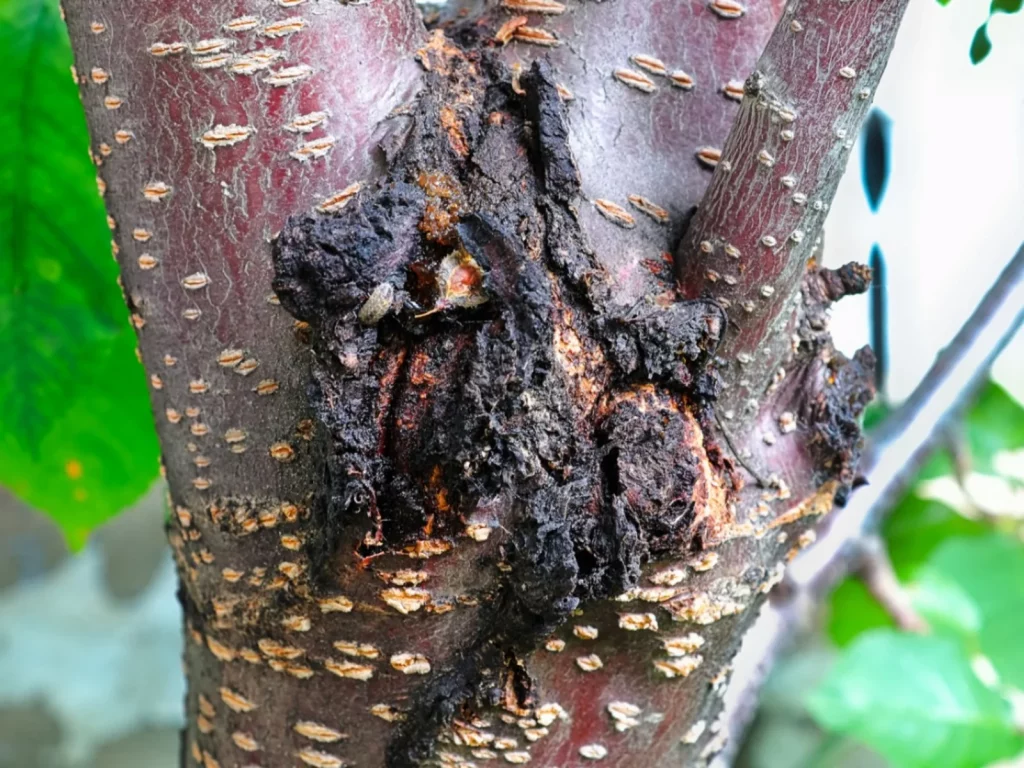
Final Thoughts on Salix Integra ‘Hakuro-Nishiki’
Now you are well aware of the beauty of this ornamental plant. Also, we have provided you with Salix integra ‘Hakuro-Nishiki’ plants: tips & guidelines for their care so that you can have them in your garden.
However, you need to keep all the necessary points in your mind in order to protect them from unwanted species. You need to be quick in action because these pests and diseases spread at a faster rate.
All your hard work will seem worth it when these plants will bloom with their pink flowers. Its flowers look great in a wide area and among different colour flowers. However, these plants will remain the centre of attention in your garden.
So go ahead and sow these plants in your garden today!


